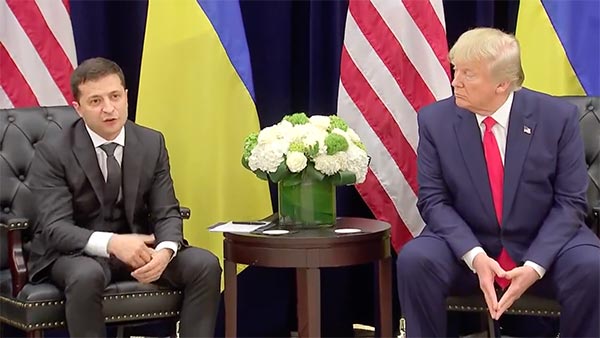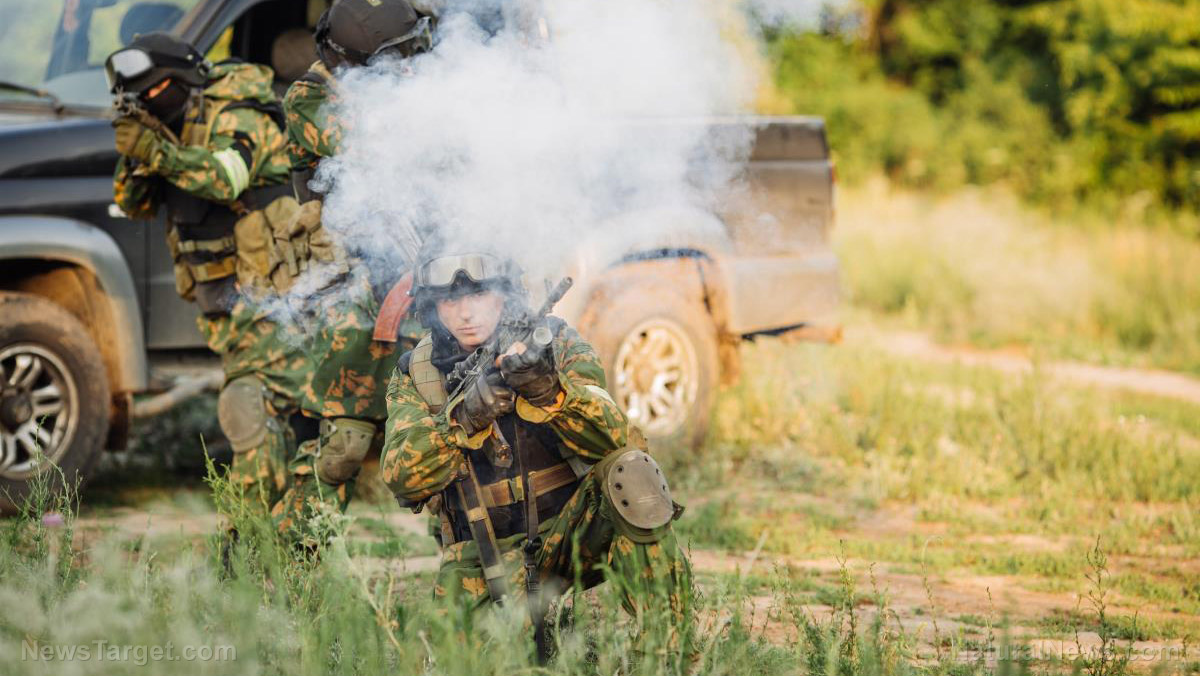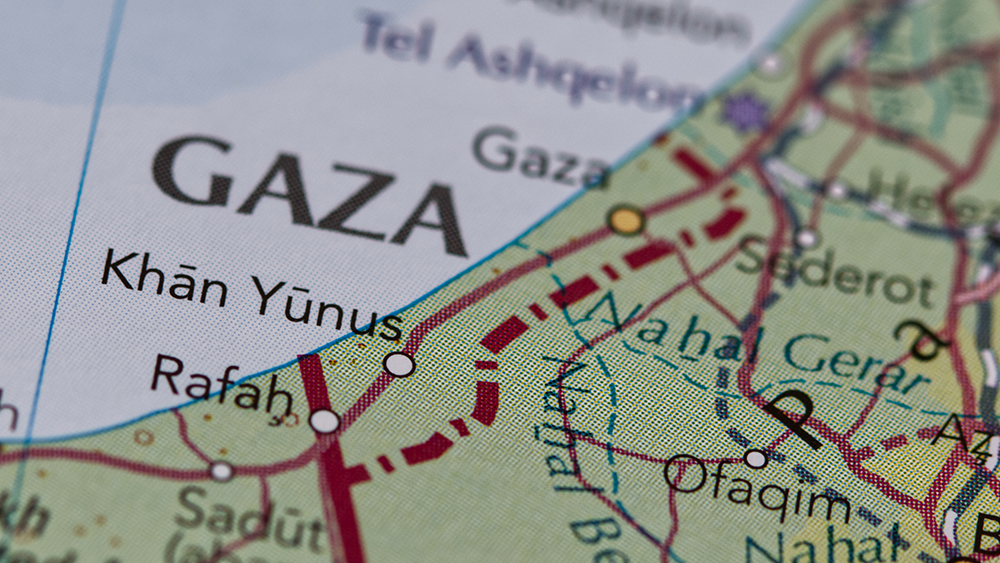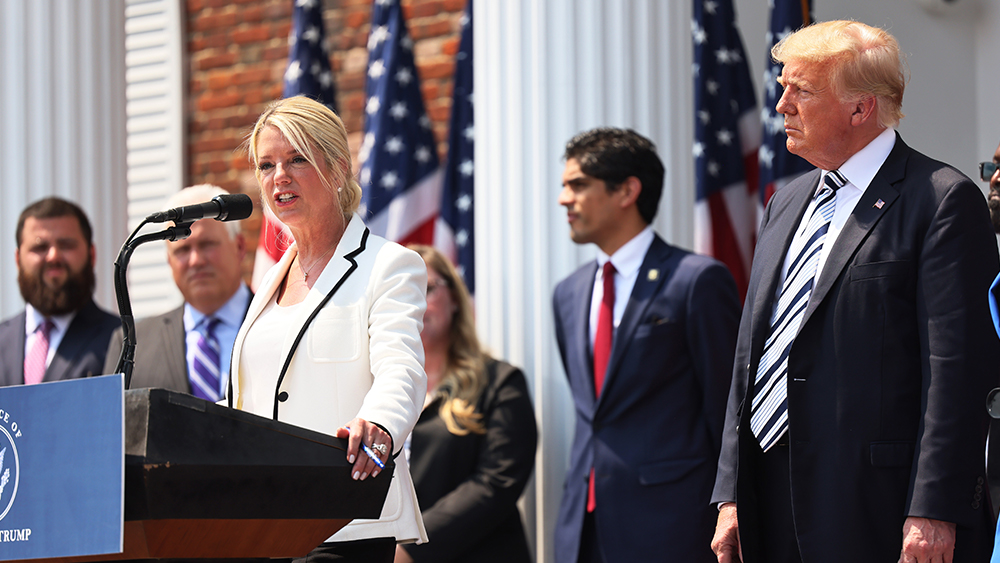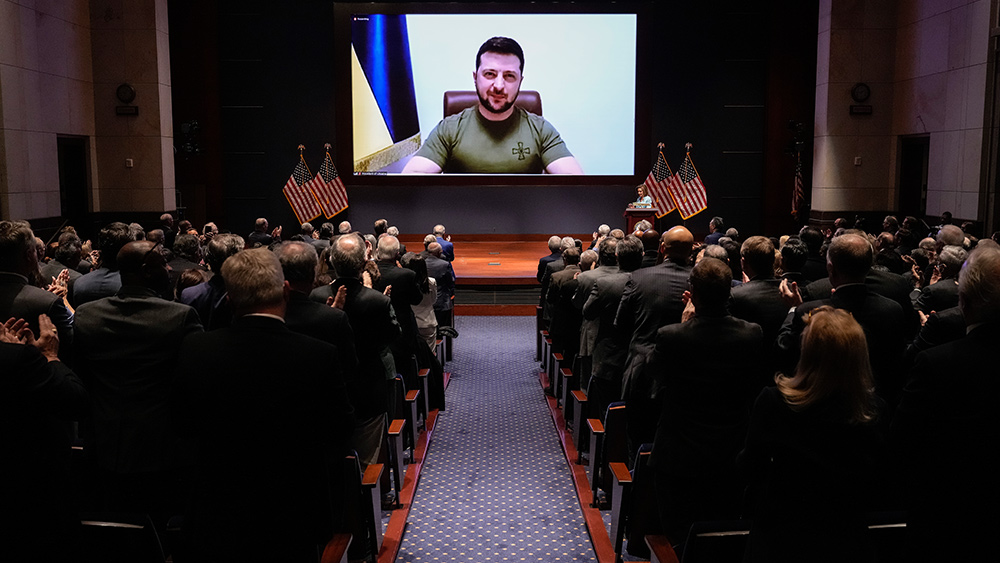Israel’s deadly strikes continue despite ceasefire deal, raising doubts about lasting peace
01/18/2025 / By Cassie B.
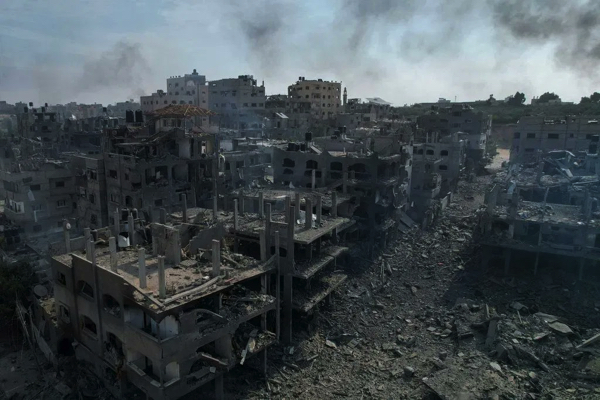
- Israel intensified Gaza bombardment hours after announcing a ceasefire deal, killing 77 Palestinians, including 21 children and 25 women, in the deadliest 24-hour period in over a week.
- The ceasefire, brokered by Qatar, Egypt, and the U.S., aimed for a six-week pause, hostage-prisoner exchanges, and Israeli troop withdrawal, but violence has cast doubt on its durability.
- Ceasefire celebrations in Gaza were overshadowed by Israeli airstrikes, which killed dozens, including a human rights worker and his family, sparking criticism and skepticism.
- Political infighting in Israel, including Netanyahu’s delayed cabinet vote and far-right opposition, threatens the fragile ceasefire agreement.
- The deal offers hope with increased humanitarian aid, but unresolved issues like Gaza’s governance and the broader Israeli-Palestinian conflict remain.
Israel intensified its bombardment of Gaza just hours after announcing a ceasefire deal with Hamas, killing at least 77 Palestinians—including 21 children and 25 women—in the deadliest 24-hour period in over a week.
The agreement, brokered by Qatar, Egypt, and the United States, was meant to bring a six-week pause to the fighting and facilitate the release of hostages and prisoners. However, the continued violence has cast a shadow over the fragile truce, raising questions about whether the deal will lead to lasting peace or merely a temporary lull in the bloodshed.
The ceasefire, set to begin Sunday, outlines a phased approach: an initial six-week pause in fighting, the gradual withdrawal of Israeli forces from Gaza, and the release of 33 Israeli hostages in exchange for Palestinian prisoners. U.S. President Joe Biden hailed the deal as a “critical first step” toward ending the conflict, which has claimed over 46,000 Palestinian lives and displaced nearly 2 million people since October 2023. Yet, as Israeli airstrikes continued to devastate Gaza, many are left wondering if the agreement is more about optics than genuine reconciliation.
Ceasefire celebrations overshadowed by violence
The announcement of the ceasefire sparked jubilation in Gaza, where residents have endured 15 months of relentless bombardment, severe shortages of food and water, and the destruction of homes and infrastructure. In Khan Younis, crowds took to the streets, waving Palestinian flags and chanting in celebration. “I am happy. Yes, I am crying, but those are tears of joy,” said Ghada, a displaced mother of five.
But the celebrations were short-lived. Hours after the deal was announced, Israeli airstrikes pounded Gaza City, Rafah, and Nuseirat, killing dozens and destroying homes. Among the victims was Ihab Marwan Kamal Faisal, a 33-year-old human rights worker, along with his wife and two young daughters.
The timing of the strikes has drawn sharp criticism. “Every time there is talk about a truce or ceasefire, we witness an escalation in the intensity of the bombardment,” said Mahmoud Basal, a spokesperson for Gaza’s Civil Defense. The attacks have left many questioning Israel’s commitment to peace.
The ceasefire deal, while a significant diplomatic achievement, faces numerous hurdles. Israeli Prime Minister Benjamin Netanyahu has delayed a cabinet vote on the agreement, citing last-minute demands from Hamas. Meanwhile, far-right members of his coalition, including Finance Minister Bezalel Smotrich, have threatened to withdraw their support if Israel does not resume fighting after the initial six-week pause.
This political infighting underscores the fragility of the deal. “It’s stunning to me that the prime minister—the magician, the master politician—seems to have miscalculated,” said Aaron David Miller, a veteran American negotiator.
Even if the ceasefire holds, the broader conflict remains unresolved. The agreement does not address the future governance of Gaza or the decades-long Israeli-Palestinian conflict.
A glimmer of hope
Despite the violence, the ceasefire offers a glimmer of hope for Gaza’s beleaguered population. The deal includes provisions for increased humanitarian aid, which is desperately needed to address the enclave’s dire conditions. The United Nations and other aid agencies are preparing to ramp up their operations, but the scale of the devastation will require years of reconstruction.
For now, the people of Gaza remain caught between hope and despair. Although they’ve been waiting for a breakthrough in ceasefire negotiations, they’ve suffered monumental losses.
As the world watches, the question remains: Will this ceasefire mark the beginning of a lasting peace, or will it be another fleeting pause in a cycle of violence that has claimed too many lives?
Sources for this article include:
Submit a correction >>
Tagged Under:
airstrikes, big government, ceasefire, Collapse, Dangerous, depopulation, fallout, Gaza, Gaza Strip, genocide, Hamas, Holy War, Israel, Israel collapse, Israel-Palestine war, peace deal, violence, WWIII
This article may contain statements that reflect the opinion of the author
RECENT NEWS & ARTICLES
COPYRIGHT © 2017 NATIONAL SECURITY NEWS


